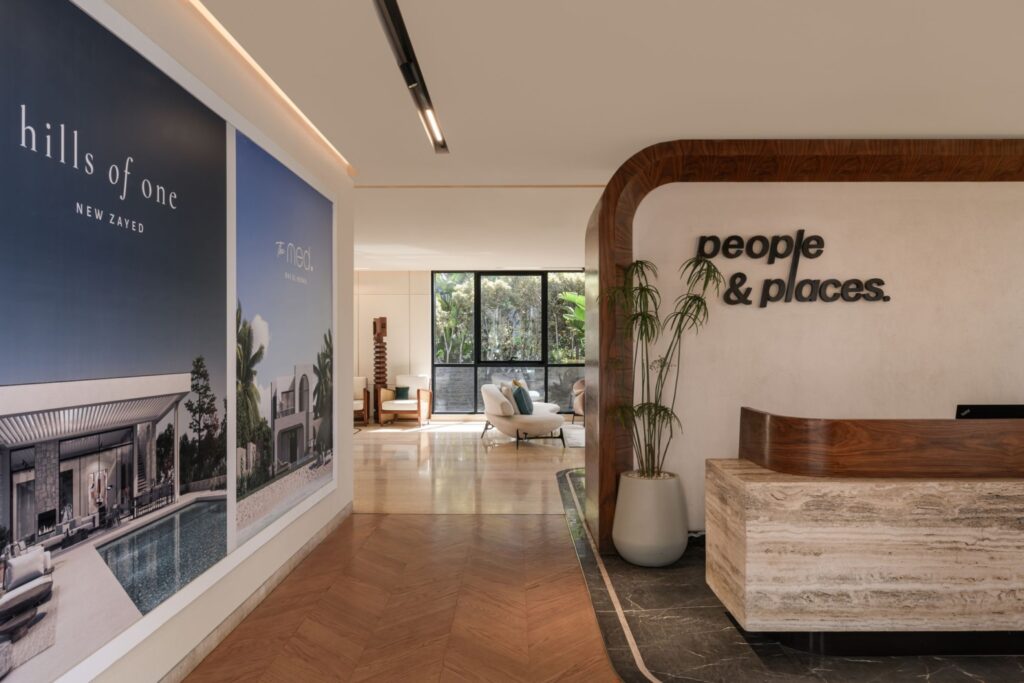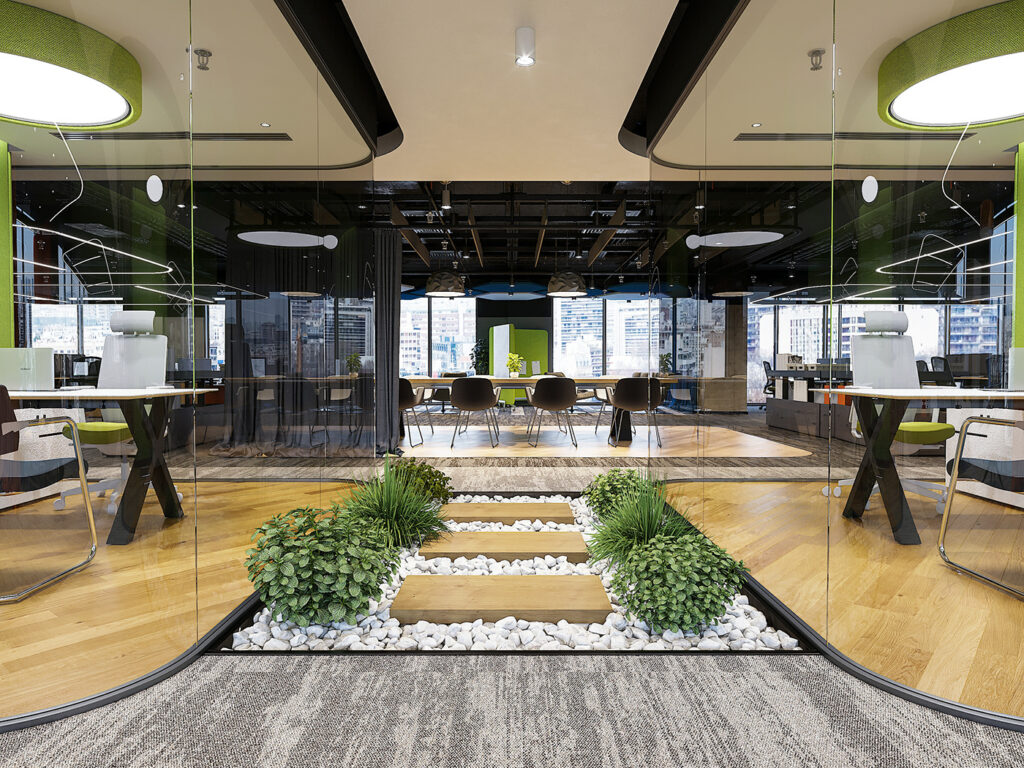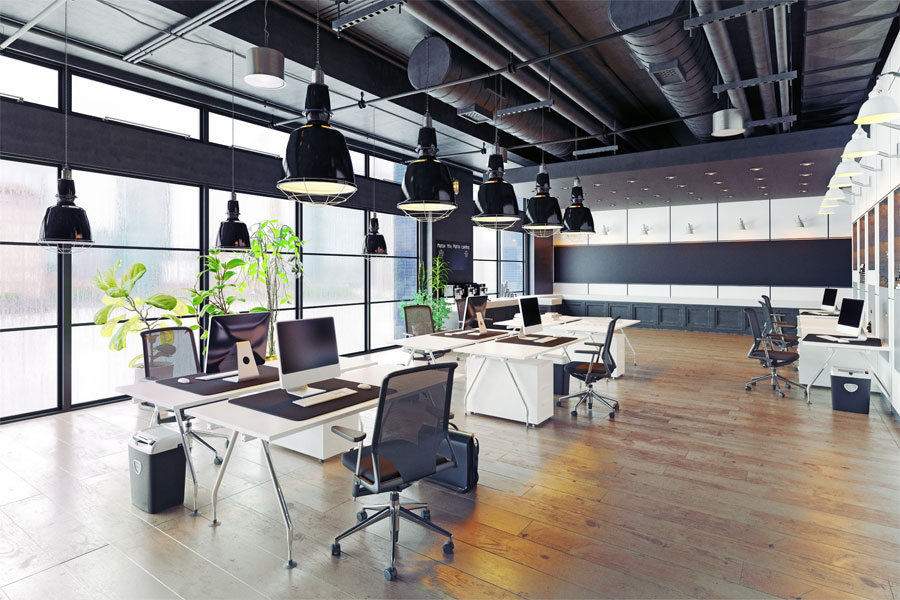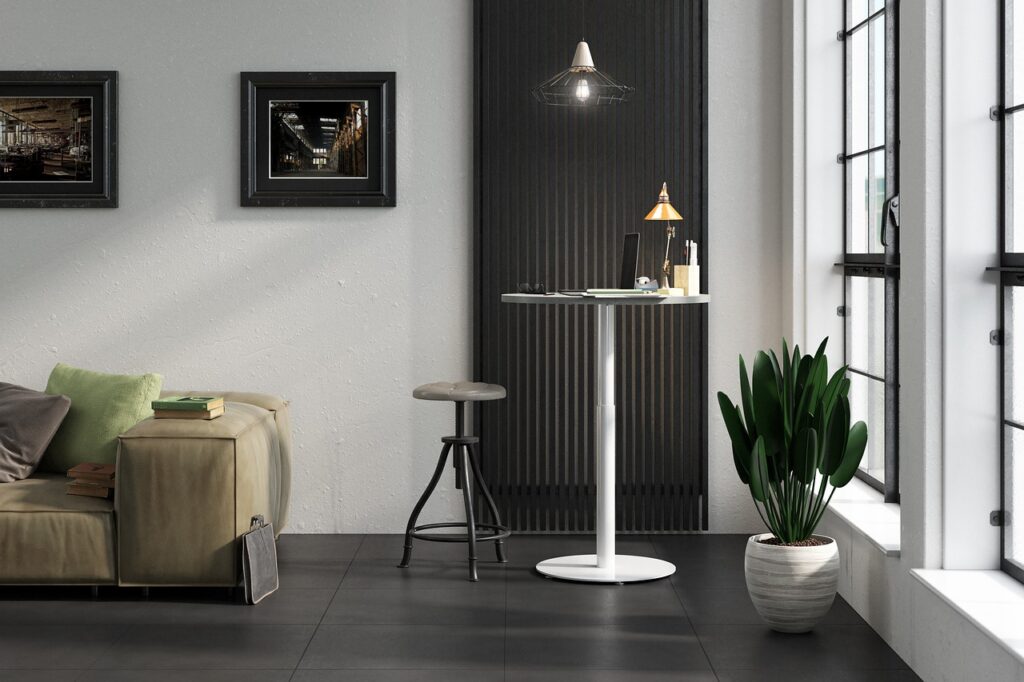Introduction
Every space tells a story and in today’s globalised world, the most memorable commercial interiors are those that reflect a sense of place and cultural authenticity. While modern workplaces often emphasise technology and efficiency, design is now also being shaped by local context, heritage, and cultural identity.
Incorporating cultural influence into commercial interiors is more than a stylistic choice; it’s a powerful branding tool. It connects employees and visitors to a company’s roots, values, and community, creating spaces that feel both authentic and emotionally engaging.
The Role of Cultural Identity in Modern Design
Cultural identity has become a key consideration in the evolution of workplace and retail interiors. As global companies expand across borders, many are realising that copy-paste design templates don’t work everywhere. Employees and customers relate more deeply to spaces that reflect their local culture, architecture, and lifestyle.
A workplace in Mumbai, for example, might draw from the city’s energetic, vibrant aesthetic, while one in Jaipur may take cues from its royal heritage and earthy tones. When done thoughtfully, such design choices create a sense of belonging and pride.
By embedding cultural elements into commercial interiors, designers don’t just build physical environments — they build emotional connections between people and place.
Why Local Influence Matters in Commercial Interiors
1. Strengthening Brand Authenticity
A space that celebrates its cultural context instantly sets a brand apart. Using local materials, patterns, and craftsmanship tells a story of respect and authenticity. For example, a tech office in Bengaluru featuring handcrafted wooden details or South Indian textile patterns reflects both innovation and heritage, reinforcing the brand’s authenticity in the local landscape.
2. Creating Emotional Connection
Cultural design elements evoke familiarity and pride. When employees recognise cultural touch points like art forms, motifs, or even regional colour palettes, they feel more connected to the environment. This emotional resonance directly contributes to a positive work culture and higher engagement.
3. Supporting Local Communities
Incorporating regional materials and crafts supports local artisans and sustainable supply chains. Using locally sourced stone, bamboo, or textiles not only reduces the carbon footprint but also strengthens local economies.
4. Differentiation in the Global Market
In a time when many commercial interiors look similar — clean lines, minimal furniture, neutral palettes — cultural design creates distinction. It gives brands a unique visual identity, something clients and visitors remember long after they leave the space.
Design Approaches to Integrate Local Culture
Bringing cultural identity into modern commercial design doesn’t mean going traditional. It’s about blending contemporary functionality with local character. Here’s how leading design firms are achieving that balance:
1. Materiality and Craftsmanship
The use of locally available materials gives a sense of place. Terracotta, bamboo, jute, sandstone, or regional wood types can express cultural depth while maintaining sustainability. Traditional craftsmanship — such as handwoven partitions or artisanal wall art — adds authenticity without overwhelming modern aesthetics.
2. Color and Texture Inspired by Locale
Each culture carries a distinct visual language. Incorporating regional color palettes, patterns, or textures rooted in geography and tradition gives personality to interiors. For instance, coastal offices can reflect oceanic blues and soft neutrals, while desert-region projects can adopt warm ochres and reds inspired by local landscapes.
3. Local Art and Storytelling
Murals, installations, and décor inspired by local stories or folklore transform spaces into living narratives. A workplace lobby can become a storytelling platform — celebrating community history or local milestones through design.
4. Architecture That Responds to Climate and Culture
Local influence isn’t limited to aesthetics. It also extends to climate-responsive design — high ceilings, courtyards, or jaalis (perforated screens) can maintain cultural essence while improving energy efficiency. The result: a design that’s both regionally relevant and environmentally smart.
Case Example: Blending Tradition with Modern Functionality
When AirBrick Infra worked with a retail client in Rajasthan, the goal was to create a store that embodied Rajasthani artistry without feeling overly ornate. The design combined locally carved stone panels, modern glass partitions, and accent lighting to highlight craftsmanship in a contemporary setting.
The outcome was a space that felt deeply rooted yet forward-looking — celebrating local heritage while appealing to global sensibilities. Employee satisfaction and customer engagement both rose noticeably, proving that cultural design enhances both emotional and functional experience.
Global Trend: Local Identity in a Connected World
Interestingly, the move toward local influence in design is not limited to India. Around the world, brands are realizing that local is the new global.
From Tokyo to Copenhagen, offices and retail spaces are being designed to reflect regional culture, climate, and craftsmanship. The focus is shifting from creating “universal” spaces to creating contextual, meaningful experiences.
This trend aligns with the rise of human-centric design, which values emotional comfort, community connection, and cultural identity as much as aesthetics and performance.
Conclusion
Incorporating cultural identity into commercial interiors is more than a design trend — it’s a movement toward authentic, responsible, and human-centered environments.
By embracing local materials, art, and heritage, companies not only strengthen their brand image but also build a deeper emotional connection with the people who experience their spaces.
At AirBrick Infra, we believe that every space should tell a story — one that resonates with its culture, people, and place. Our design philosophy blends modern functionality with local influence, creating commercial interiors that are authentic, sustainable, and inspiring.
👉 Let’s build spaces that reflect your story.
Contact AirBrick Infra to explore how we can bring cultural identity into your next project.
Summary
Cultural identity in commercial interiors is shaping how modern workplaces and retail spaces are designed today. Instead of following a global, one-style-fits-all approach, more companies are choosing to reflect local traditions, materials, and craftsmanship in their interiors. Designing with local influence helps create spaces that feel authentic, relatable, and emotionally engaging for employees and visitors alike.
By blending modern functionality with regional aesthetics, designers can build environments that tell a story — one rooted in community, culture, and place. Using local art, natural textures, and sustainable materials not only enhances design character but also supports local artisans and reduces environmental impact.





